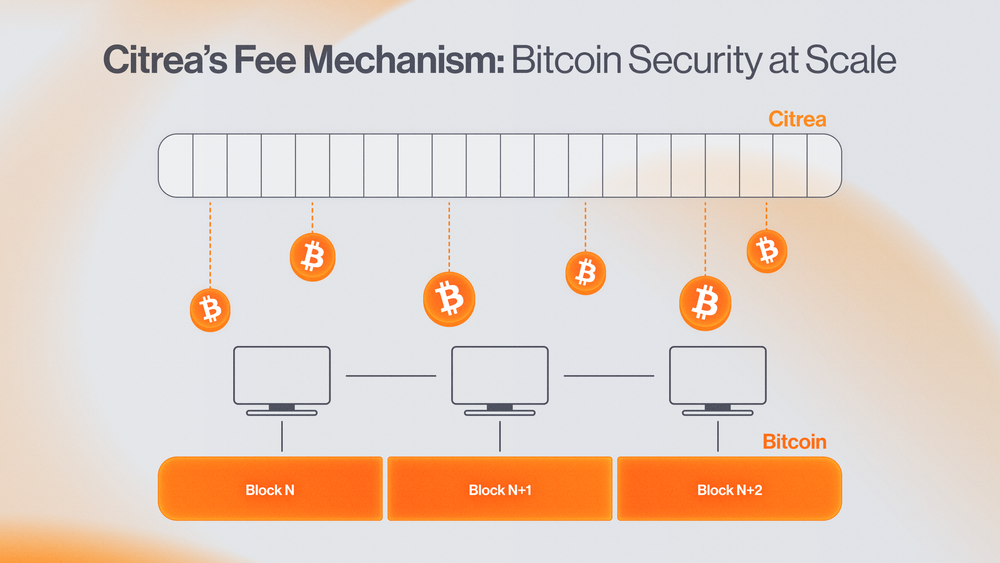Computing on Bitcoin #33
April 04, 2025 - Week 14
A fresh edition of Computing on Bitcoin News is now available! 📬
This week, we cover the most exciting shifts in ZK rollups, L2 infrastructure, and bridging protocols.
Let's dive in with this week's curated articles
That’s all for now! We hope this edition gave you valuable insights into the evolving world of Computing on Bitcoin.
We’ll catch you next Friday with more to unpack. Don’t miss it!
The Fairgate Tea






